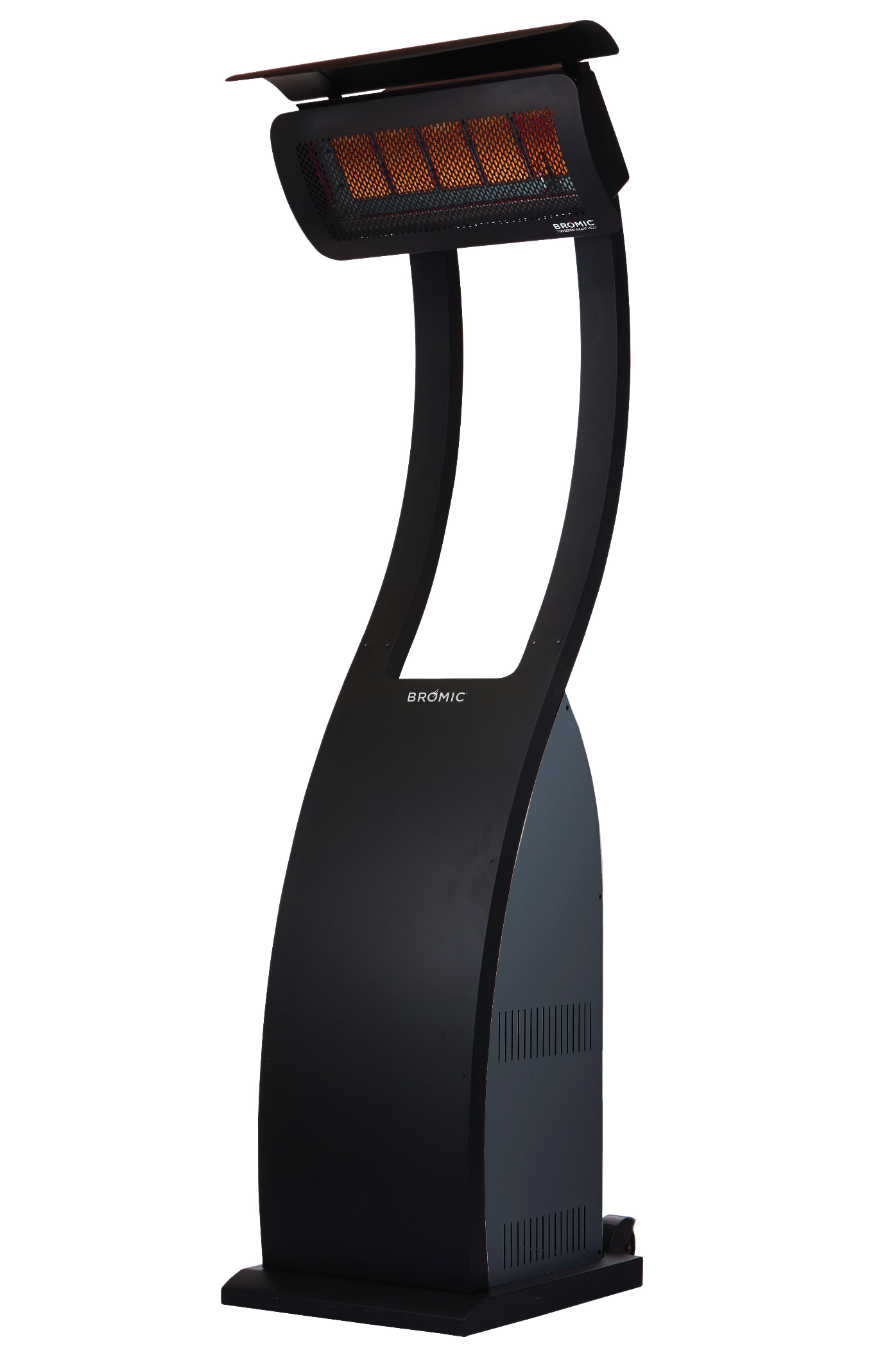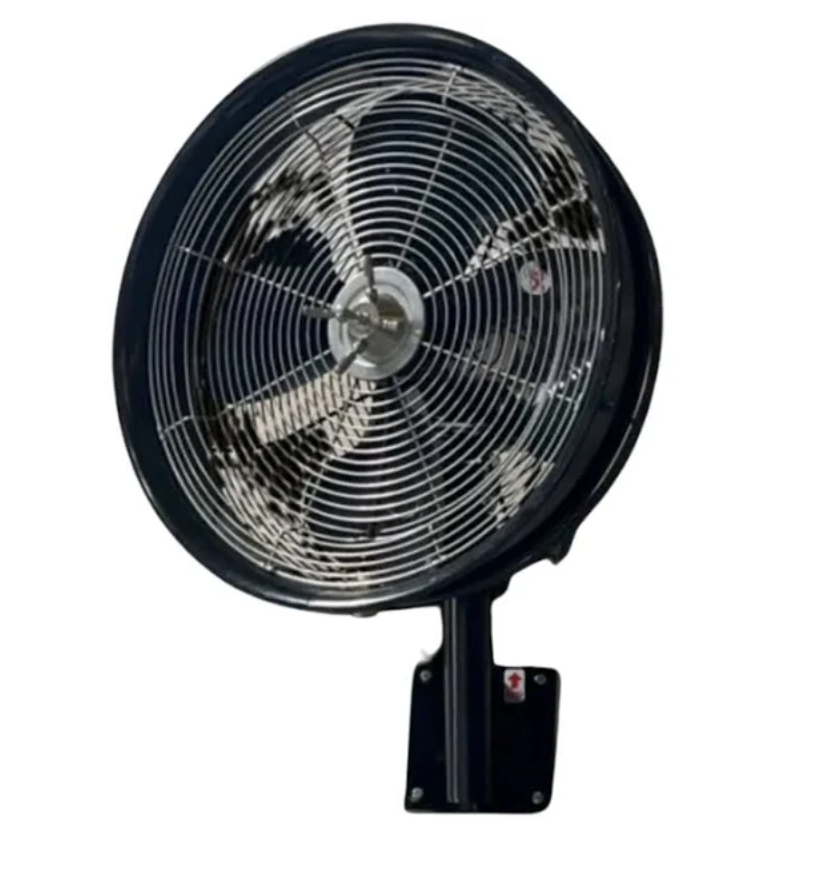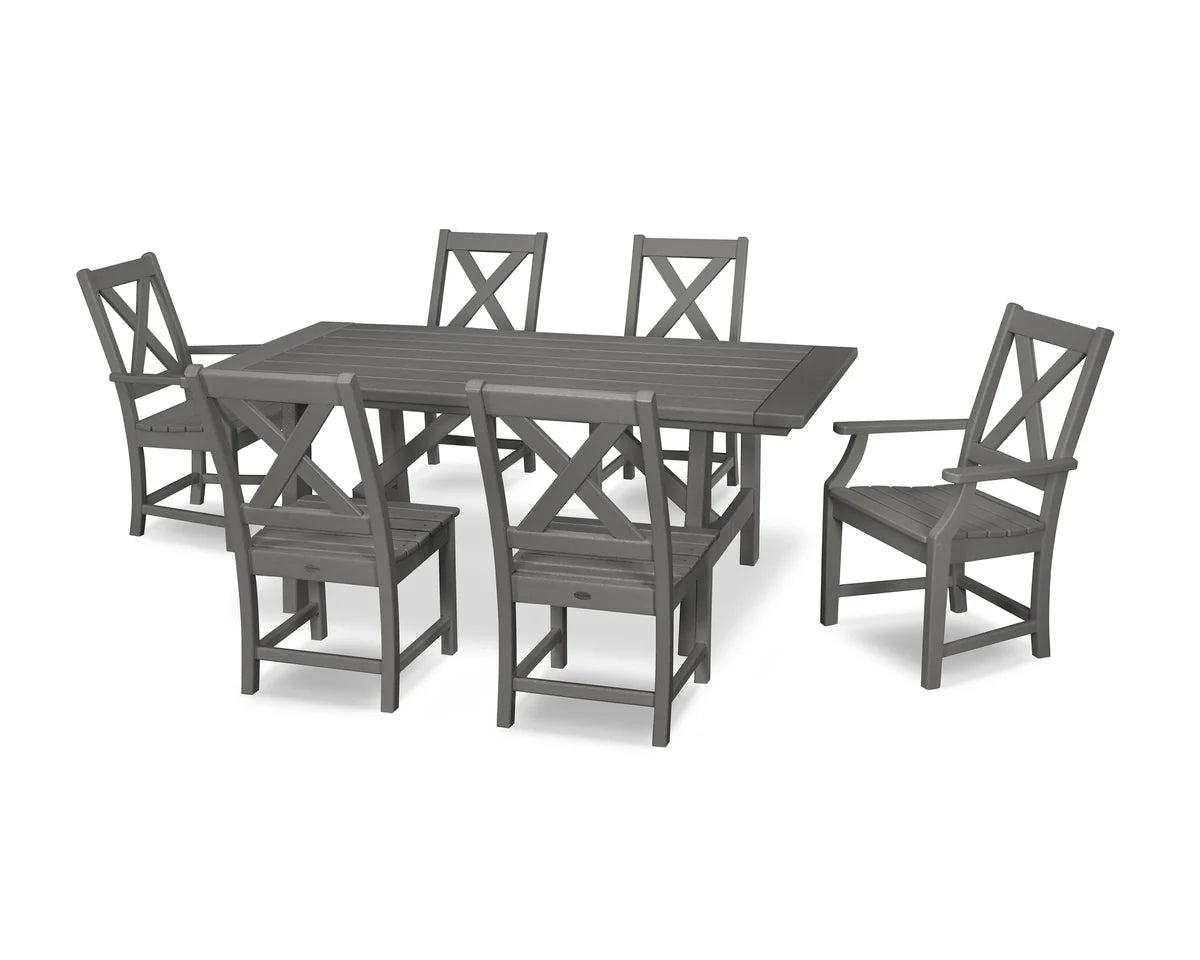The Ultimate Guide to Outdoor Kitchens: Transform Your Backyard into a Culinary Oasis

Imagine stepping into your backyard and finding a space that feels just as inviting as your kitchen indoors—a culinary oasis where you can grill burgers, whip up fresh salads, and entertain friends under the stars. An outdoor kitchen isn’t just about cooking; it's about creating memories, enjoying nature, and elevating your social gatherings to a whole new level. Whether you're a master chef or someone who just enjoys a good meal outdoors, designing an outdoor kitchen can blend creativity with practicality. In this guide, we’ll walk you through everything you need to know, from planning the perfect layout to choosing the right appliances, so you can transform your backyard into the go-to spot for delicious meals and warm gatherings. Let’s dive in!
Our Guide to Outdoor Kitchens provides essential information on planning, designing, and outfitting your outdoor kitchen to maximize both functionality and aesthetic appeal. You'll discover tips on layout optimization, material selection, and more to elevate your outdoor culinary experience.
Planning Your Outdoor Kitchen
The first step to creating an outstanding outdoor kitchen is to evaluate your space effectively. Start by precisely measuring your backyard area, keeping in mind the shape and any existing structures or trees that may influence your layout.
Consider not only the physical size but also the sun exposure and prevailing wind direction, as these factors can impact your comfort while cooking and entertaining. For instance, a corner close to your house could serve as an ideal spot, making access to utilities such as water and electricity both convenient and safe.
Once you've grasped the dimensions and layout of your space, it's time to set a budget, which will dictate many of your design choices.
Creating a realistic budget is essential for your outdoor kitchen project. According to HomeAdvisor, the cost for an outdoor kitchen can range between $5,000 and $20,000, influenced heavily by the features you choose and the materials selected. This means being clear on those must-have elements versus optional upgrades.
For example, allocate more funds for high-quality appliances like grills or integrated refrigeration while considering more affordable options for decorative finishes.
After establishing your budget, you'll want to determine your specific needs for the space.
Outlining precisely what you want from this outdoor area will guide all subsequent decisions. Think critically about your cooking style: Do you envision hosting grand barbecues where grilling is the primary focus? Or are you leaning towards creating a full kitchen experience that includes baking pizzas or simmering sauces?
Consider how many guests you typically entertain as it will determine the amount of counter space and storage needed.
To aid your decision-making process, think about one of these setups:
- A comprehensive kitchen with sink, refrigerator, plenty of counter space, and cabinets for storage
- A simplified configuration with just a basic grill and enough room for prep
With a clear vision laid out, you can move fluidly into crafting a layout that suits both function and aesthetics.
Designing the Culinary Space
When you think about designing your outdoor kitchen, imagine creating an inviting space that flows seamlessly with your lifestyle. The layout is often where this vision begins, and popular configurations like L-shaped, U-shaped, and linear patterns each have distinct advantages depending on the space available and your specific cooking needs.
Layout Options
For instance, an L-shaped layout works wonderfully in corner spaces, allowing for an efficient use of countertops while creating a cozy feel. If you're entertaining larger groups, the U-shaped layout offers ample counter space and storage, making it perfect for serious cooking enthusiasts who want to work simultaneously without being in each other’s way. A linear design, on the other hand, promotes easy movement which can be especially advantageous in smaller backyards or patios. No matter which you choose, make sure to prioritize adequate counter space for meal prep and serving.
Now that we've established the overall layout options, let's discuss how to optimize workflow within your kitchen.
Work Triangle Concept
The work triangle concept places the grill, sink, and refrigerator at three pivotal points in a triangular arrangement. This configuration maximizes efficiency by reducing the time spent moving between stations—a crucial aspect when you're juggling multiple tasks while preparing meals for family or friends.
To further enhance efficiency, consider incorporating smart storage solutions near each station within the work triangle. Keeping utensils, spices, and other essentials close at hand minimizes interruptions, allowing you to focus on creating memorable meals with ease.
With the foundational layout and workflow considerations in place, the next step involves selecting optimal materials and essential features that will enhance your outdoor kitchen experience.
Essential Appliances and Materials
Choosing the right appliances and materials is vital for creating a fully functional and long-lasting outdoor kitchen. It starts with identifying what you truly need to ensure both comfort and efficiency while cooking outside. An ideal setup combines practicality, durability, and aesthetic appeal to transform your backyard into a culinary haven.
Premium Grills
Investing in a high-quality grill is paramount; it serves as the heart of any outdoor kitchen. Consider brands like Fire Magic or Traeger, which are renowned for their durability and exceptional performance. A well-built grill not only enhances your cooking experience but also stands up to the elements over time.
Beyond grills, it’s essential to think about the materials used in your outdoor kitchen's construction to ensure longevity against harsh weather conditions.
Weather-Resistant Materials
The materials you choose will significantly impact the lifespan of your outdoor kitchen. Look for weather-resistant options like stainless steel, granite, and ceramic tile. These materials don’t just withstand rain, sun, and snow; they also contribute to the visual appeal of your cooking space.
Once you have your primary appliances and materials selected, it's time to consider additional features that can enhance functionality.
Must-Have Appliances
- Side burners: Increasing your cooking versatility by allowing you to prepare sides while grilling.
- Outdoor-rated refrigerators: Essential for keeping beverages cold or storing prepped foods nearby.
- Smokers: Ideal for low-and-slow cooking enthusiasts who enjoy rich, smoky flavors in their dishes.
- Pizza ovens: A fun addition that introduces a unique culinary experience for your family gatherings or parties.
These appliances elevate your outdoor kitchen experience by adding layers of functionality that cater to various cooking styles. The combination of a premium grill with additional features provides more opportunities for creating delicious meals without having to step back inside...keeping the culinary adventure alive as you enjoy nature at the same time. Thus, carefully selecting each appliance matters significantly, contributing not only practicality but also enhancing the overall enjoyment of cooking outdoors.
With this in mind, let’s take a look at some options that can make your outdoor kitchen a more inviting environment.
Creating an Inviting Ambiance
A welcoming atmosphere enhances the functionality of your outdoor kitchen and transforms it into a cherished gathering space for friends and family. One foundational aspect of creating this ambiance is effective lighting, which can dramatically change the mood and usability of your area.
Layered Lighting
Incorporating a variety of lighting solutions can add both depth and functionality to your outdoor kitchen. Think about using ambient, task, and accent lighting, as each serves a different purpose yet works harmoniously together.
For instance, installing LED strip lights beneath your countertops provides a soft ambient glow that makes the space feel cozy without overwhelming brightness. You might choose pendant lights over the prep area to provide strong task lighting that's essential for cooking or mixing drinks.
Additionally, incorporating spotlights on landscaping features emphasizes the beauty of your garden and adds a charming touch when evening falls. The interplay of these lighting types helps establish distinct zones while ensuring that your outdoor kitchen remains inviting after sunset.
Comfortable Seating
Next comes seating—one of the most vital components in establishing a welcoming space. Offering various seating options fosters comfort and encourages socialization in several ways.
Imagine bar stools surrounding an outdoor island where guests can chat with the chef while sipping cocktails, or cushy outdoor sofas perfect for lounging with friends between courses. It’s also worth considering solid materials that are easy to clean yet stylish; weatherproof cushions and durable frames ensure longevity despite exposure to the elements.
When choosing furniture, seek out materials like teak or eucalyptus that resist moisture and insects—this way you create a comfortable setting that requires less maintenance over time.
Natural Elements
Finally, integrating natural elements into your design furthers the connection between your outdoor kitchen and its surroundings.
Plants bring life and color, while natural stone features enhance aesthetic appeal and echo Earth’s beauty. Opting for low-maintenance plants ensures they remain vibrant without demanding too much attention from you—think hardy herbs like rosemary or lavender that can double as aromatic additions to your meals!
This greenery softens hard structures, providing a refreshing contrast while enhancing ambiance during barbecues and gatherings alike.
By thoughtfully implementing lighting, versatile seating, and natural accents, you set the stage for joyful culinary experiences outdoors, leading beautifully to considerations about how best to maximize this investment for lasting enjoyment.
Maximizing Your Investment
Your outdoor kitchen is a significant investment, so ensuring it delivers value both in enjoyment and resale is crucial. By focusing on key areas, you can greatly enhance its functionality and appeal. One of the primary considerations is the balance between quality and quantity.
Quality Over Quantity
Focusing on high-quality appliances and materials rather than adding unnecessary features can lead to greater satisfaction over time. A premium grill and durable granite or stainless steel countertops are far superior choices compared to multiple low-cost items that may wear out quickly. Investing in well-made products often pays off in the long run, as they'll require fewer repairs and replacements. Think of it as a wise allocation of your resources into fewer yet more effective components rather than spreading yourself too thin with mediocrity.
While quality matters, energy efficiency plays an equally important role in enhancing your outdoor kitchen's value.
Energy Efficiency
Choosing energy-efficient appliances not only reduces your electricity bills but also contributes positively to the environment. Look for appliances bearing the ENERGY STAR label or other certifications, which can help ensure that you are making an eco-friendly choice without sacrificing performance.
Equally rewarding is the decision regarding installation; it's a choice that can have a profound impact on how much you enjoy your outdoor cooking space.
Professional Installation
Many homeowners who opted for professional installation have reported an improvement in the functionality and aesthetic appeal of their outdoor kitchens. Engaging experts can save you valuable time and prevent costly mistakes that may arise from improper setup. Professionals understand local codes and safety standards, which means you’ll have peace of mind knowing everything is done right from the start. Ultimately, investing in skilled labor might seem like an additional expense, but consider it an investment in a hassle-free experience for years down the line.
At BBQ Outfitters, we take pride in offering a wide range of premium outdoor kitchen products designed to meet all your culinary needs while enhancing the visual charm of your backyard. Whether you're after top-of-the-line grills, stylish cabinetry, or energy-efficient appliances, our selection balances quality with value perfectly. To explore options tailored to your specific requirements, we encourage you to visit our website, where you'll find everything needed to turn your outdoor cooking dreams into reality.
In summary, prioritizing quality materials, energy efficiency, and professional installation will not only enhance your outdoor kitchen experience but also optimize your investment for years to come. Transform your backyard into a culinary oasis you'll love for many seasons ahead.
Frequently Asked Questions
What types of appliances are best suited for outdoor cooking?
The best appliances for outdoor cooking include grills, smokers, pizza ovens, and outdoor refrigerators. Grills provide versatility with options such as gas or charcoal, allowing for different cooking styles. Smokers are perfect for adding depth to flavors, while pizza ovens can reach high temperatures, making them ideal for creating restaurant-quality pizzas in your backyard. According to a survey by the Hearth, Patio & Barbecue Association, 80% of households that own outdoor grills use them year-round, showcasing their popularity and practicality in creating a culinary oasis outdoors.
What materials are most durable and weather-resistant for outdoor kitchen installations?
The most durable and weather-resistant materials for outdoor kitchen installations include stainless steel, stone, and concrete. Stainless steel is highly resistant to rust and corrosion, making it ideal for grills and appliances exposed to elements; research indicates it can last over 20 years with proper maintenance. Natural stones like granite or quartzite not only add aesthetic appeal but also withstand extreme temperatures and moisture, while stamped concrete provides a robust base that resists cracking and fading. Choosing these materials ensures longevity and performance in various weather conditions.
What is the best location for my outdoor kitchen?
Choosing the right location for your outdoor kitchen involves balancing convenience with aesthetics. Ideally, position it close to your home to facilitate easy access to indoor amenities such as storage and utilities while also allowing for seamless entertaining. However, consider factors like sunlight exposure, prevailing winds, and privacy; placing the kitchen in a shaded area can enhance comfort during hot days while shielding it from strong winds can improve cooking conditions. Additionally, think about how the kitchen will integrate with existing landscaping and outdoor living spaces to create an inviting atmosphere.
What are some popular styles for outdoor kitchens?
When it comes to popular styles for outdoor kitchens, several trends have emerged that cater to various tastes and preferences. The rustic style, characterized by natural materials like wood and stone, creates a warm and inviting atmosphere perfect for casual gatherings. On the other hand, the modern minimalist approach emphasizes sleek lines and high-tech appliances, often featuring stainless steel finishes and integrated lighting for a contemporary feel. Mediterranean-inspired outdoor kitchens bring vibrant colors and tiled surfaces, evoking a sense of vacation with their open layouts and lush greenery. Additionally, the industrial style incorporates raw materials such as concrete and metal, offering a bold aesthetic that appeals to urban dwellers.
How do I maintain my outdoor kitchen?
Maintaining your outdoor kitchen is essential to ensure its longevity and functionality, and it involves a few key practices. Start by regularly cleaning all surfaces, including countertops and appliances, using mild soap and water to prevent the buildup of grease and grime. Stainless steel components should be polished with a specialized cleaner to maintain their shine and resist corrosion. It's also important to check for any signs of wear or damage in plumbing and electrical connections, addressing issues promptly to avoid costly repairs. Additionally, protect your outdoor kitchen from harsh weather conditions by using covers for grills and furniture during the off-season.
What are the benefits of having an outdoor kitchen?
Firstly, it enhances your entertaining capabilities by providing a dedicated space for cooking and dining al fresco, allowing you to host gatherings without the need to constantly shuttle between indoor and outdoor spaces. This seamless integration of cooking and socializing fosters a more relaxed atmosphere where guests can engage with the chef while enjoying the fresh air. Additionally, outdoor kitchens often increase property value, as they are highly sought after by homebuyers looking for unique features. They also promote healthier living by encouraging outdoor cooking, which typically involves grilling and using fresh ingredients, thus reducing reliance on processed foods.
What permits might be needed for building an outdoor kitchen?
When planning to build an outdoor kitchen, several permits may be required to ensure compliance with local building codes and regulations. Typically, homeowners will need to obtain a building permit, especially if the project involves structural elements like a roof or permanent fixtures such as plumbing and electrical installations. Additionally, a zoning permit might be necessary to confirm that the outdoor kitchen adheres to property line setbacks and local zoning laws. If your outdoor kitchen includes gas appliances, you may also need a gas line installation permit. It's advisable to check with your local municipality or building department for specific requirements, as these can vary significantly based on location and the scope of your project. Always consult with professionals to navigate the permitting process efficiently.
Facts
- Over 55% of homeowners are considering adding an outdoor kitchen in the next year.
- The average cost of building a custom outdoor kitchen is approximately $15,500.
- Homes with outdoor kitchens can see their property value increase by up to 12%.
- About 70% of outdoor kitchen owners report using their space at least twice a week during the summer months.
Transform Your Outdoor Space with BBQ Outfitters
Transforming your backyard into a culinary oasis is easier than ever with the right tools, design, and expertise. At BBQ Outfitters, we’re passionate about helping you create the outdoor kitchen of your dreams. Whether you’re looking for state-of-the-art grills, high-quality outdoor appliances, or personalized guidance, we have everything you need to bring your vision to life. Let BBQ Outfitters be your trusted partner in turning your backyard into a space where great food and cherished memories come together. Visit us today and start building your ultimate outdoor kitchen!











